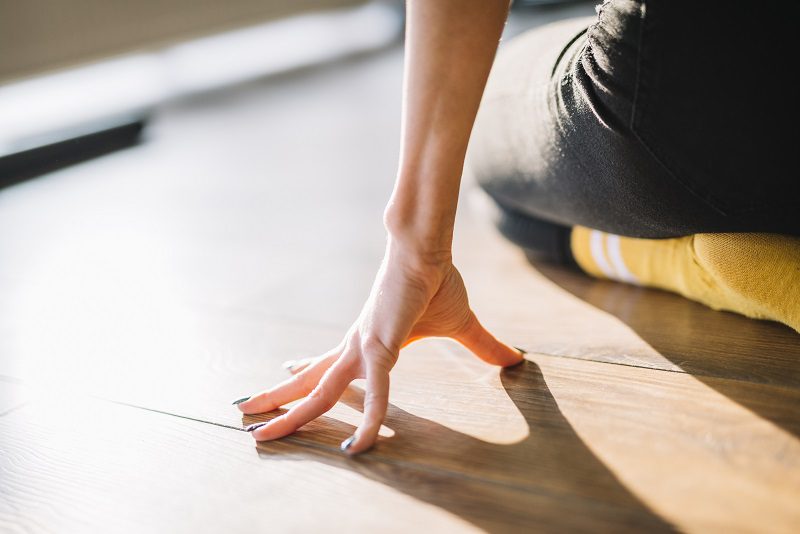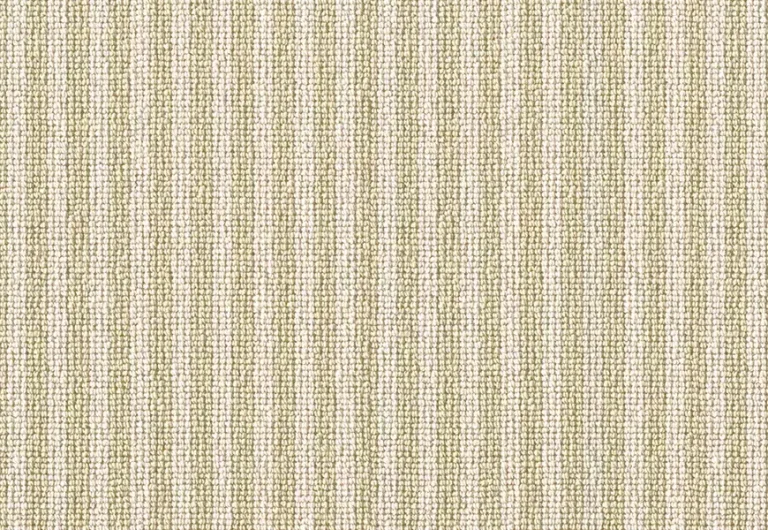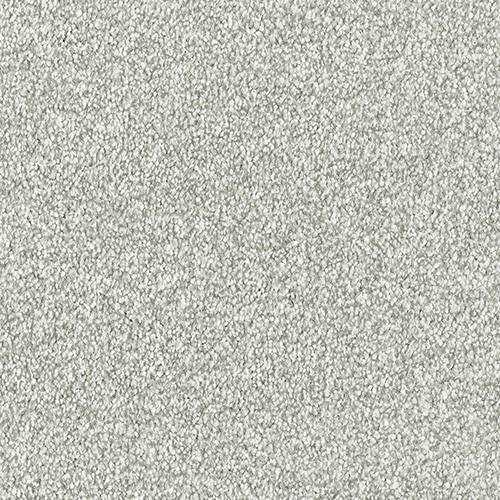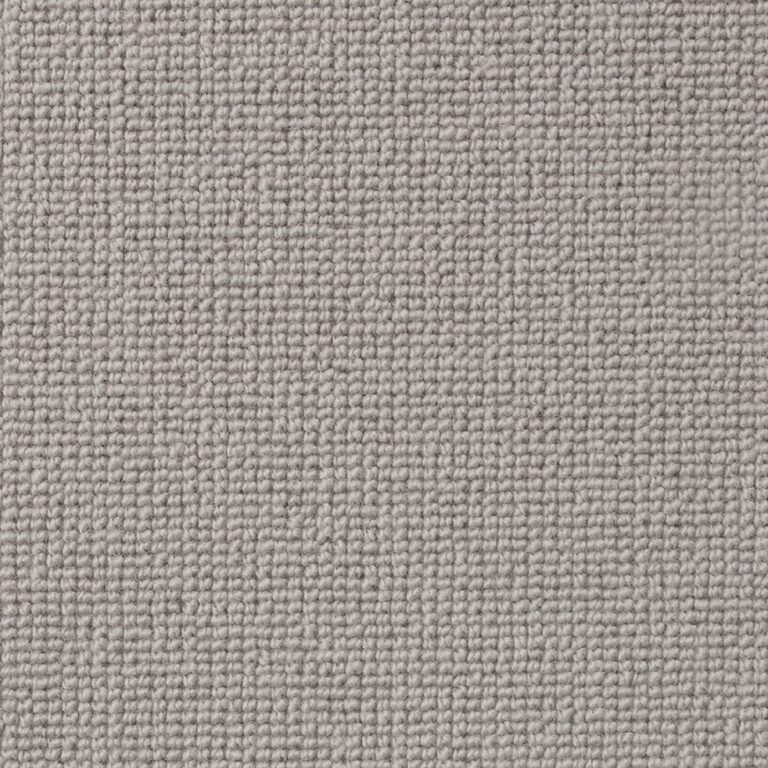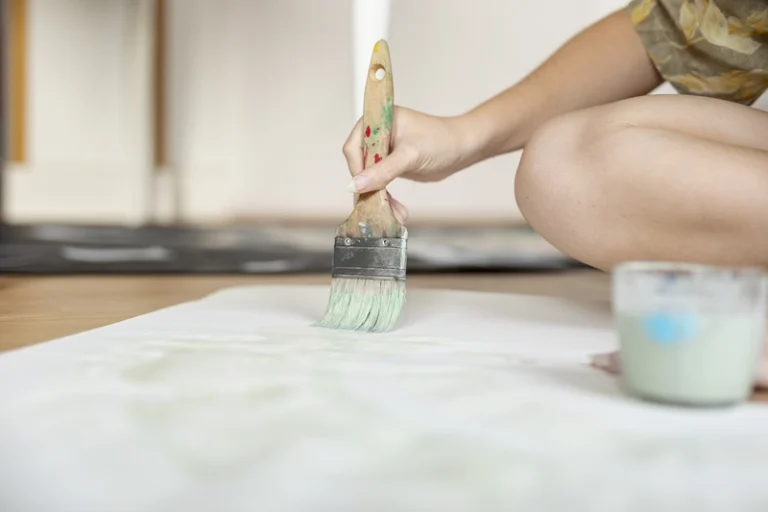From scratches to water damage, laminate flooring can experience wear and tear over time. We will explore the different types of damage that can occur to laminate flooring and provide you with step-by-step instructions on how to repair laminate flooring with minor scratches, dents, water damage, and warping.
Discover some tips on laminate repair guides to prevent damage to your laminate flooring in the future and keep your floors looking good as new.
What Is Laminate Flooring?
Laminate flooring is a type of synthetic flooring product that simulates the look of hardwood, tile, or stone but is more affordable and easier to install. It typically consists of multiple layers, including a photographic layer that mimics natural materials, a core layer for stability, and a protective top layer for durability.
One of the significant advantages of laminate flooring is its versatility. It can be installed in almost any room in your home, including kitchens, bathrooms, and basements. Its cost-effectiveness makes it an attractive option for homeowners looking to achieve the aesthetic appeal of hardwood or stone without breaking the bank.
Regarding maintenance, laminate flooring is relatively easy to care for. Regular sweeping and occasional mopping are usually all that’s needed to keep it looking its best. Unlike hardwood, it doesn’t require frequent refinishing or polishing.
See product: Elka 8mm V-Groove Driftwood Oak
Common Types Of Laminate Flooring Damage
Laminate flooring can experience various types of damage over time, including scratches, dents, water damage, and warping. These issues can detract from the appearance and functionality of the flooring, necessitating timely repairs to maintain its integrity and aesthetic appeal.
Scratches on laminate flooring can occur due to the movement of heavy furniture without protective pads or the dragging of sharp objects across the surface. Dents may result from dropping heavy items or impact from high heels. Water damage often stems from spills left unattended, leading to swelling and discolouration. Warping can be caused by excessive moisture exposure, such as from leaks or high humidity levels.
a. Scratches
Scratches on laminate flooring can be unsightly and compromise the overall appearance of the floor. By using a quality laminate repair kit, such as the Quick-Step repair kit, you can effectively address minor scratches and restore the floor’s original beauty.
Minor scratches are inevitable on laminate flooring, especially in high-traffic areas. These scratches not only detract from the aesthetic appeal of the room but can also weaken the protective layer of the laminate, leaving it susceptible to further damage.
Regarding repairing these scratches, investing in a reliable repair kit is crucial. The Quick-Step repair kit is a popular choice due to its effectiveness and ease of use.
To begin the repair process, clean the scratched area thoroughly and allow it to dry completely. Then, following the instructions provided with the repair kit, apply the appropriate coloured filler to the scratch, ensuring it blends seamlessly with the surrounding laminate.
b. Dents
Dents on laminate flooring can occur due to heavy furniture, dropped objects, or high impact. With the appropriate tools, such as a tapping block from a laminate repair kit, you can carefully repair minor dents and restore the surface to its original smoothness.
Properly addressing these dents is essential to maintain the floor’s aesthetic appeal and structural integrity. When using a repair kit, ensure that you follow the instructions diligently to achieve optimal results.
Applying too much force or using incorrect techniques can potentially worsen the damage, leading to more extensive repairs or even requiring professional intervention.
The key is to utilise the tools provided in the kit with precision and patience, gently coaxing the damaged area back into place without causing further harm.
c. Water Damage
Water damage is a common issue with laminate flooring, often caused by spills, leaks, or excess moisture. To repair water-damaged areas, it is crucial to promptly dry the affected section and consider replacing severely damaged planks to prevent further issues.
When water seeps into the layers of laminate flooring, it can lead to swelling, warping, or discolouration, compromising the structural integrity of the material over time. Moisture trapped beneath the surface can also promote mould and mildew growth, posing health risks and making the environment unsanitary.
Timely intervention is essential in mitigating these effects. Using a dehumidifier or fan can help accelerate the drying process, preventing long-term damage. Regular maintenance practices like sealing seams and gaps can also act as a protective barrier against water intrusion, prolonging the lifespan of your laminate flooring.
d. Warping
Warping in laminate flooring results from exposure to moisture or improper installation, leading to buckling or lifting of the floorboards. To address warped laminate flooring, you may need to carefully remove the affected planks using a circular saw and replace them with new boards for a seamless finish.
When laminate flooring absorbs moisture, the planks can swell and distort, causing the characteristic warping effect. Poor acclimatisation to the environment or improper sealing during installation can also contribute to this issue. The consequences of warping can range from aesthetic displeasure to functional hazards, such as tripping hazards and compromised structural integrity.
To effectively deal with warped laminate flooring, precision is key. Using a moisture meter to identify problem areas, carefully marking the planks to be removed, and employing the right tools for the job are crucial steps. Ensuring that the replacement boards match the existing flooring in terms of thickness and style is essential for a uniform appearance.
How to Repair Laminate Flooring Without Replacing
Repairing laminate flooring without replacing it entirely is possible for minor damages. Here’s a step-by-step guide:
- Assess the Damage: Identify the type and extent of damage to determine the appropriate repair method.
- Clean the Area: Thoroughly clean the damaged area to remove any debris, dirt, or dust.
- Fill Minor Scratches: For minor scratches, use a laminate floor repair kit or putty crayon that matches the colour of your flooring. Fill in the scratches and wipe away excess filler with a clean cloth.
- Repair Gaps: If there are gaps between laminate planks, gently tap the planks back into place using a rubber mallet. If the gaps persist, apply a small amount of wood glue to the edges of the planks before tapping them back together.
- Fix Water Damage: If your laminate flooring has water damage, dry the area thoroughly using a fan or dehumidifier. For minor water damage, you can use a laminate floor repair kit to fill in the affected area. If the damage is extensive, you may need to replace the damaged planks.
- Replace Damaged Planks: If the damage is too severe to repair, you may need to replace the damaged planks. Use a circular saw to cut out the damaged plank, making sure to cut along the seams. Install a new plank by clicking it into place, making sure it fits snugly with the surrounding planks.
- Finishing Touches: Once the repair is complete, clean the area again to remove any leftover debris or adhesive residue. Allow the repaired area to dry completely before walking on it.
How To Repair Laminate Flooring with Minor Scratches
Can laminate flooring be repaired? When dealing with minor scratches on laminate flooring, it is advisable to use a specialised laminate repair kit. This kit contains all the necessary tools and materials to effectively address scratches and restore the floor’s appearance.
Flooring experts emphasise the importance of carefully following the instructions provided with the kit for optimal results. Start by cleaning the scratched area using a gentle cleaner to remove any dirt or debris. Then, use the included putty or filler to level the scratch and blend it seamlessly with the rest of the floor.
For deeper scratches, consider using a colour-matching pen or crayon also included in the kit to touch up the damaged area. Make sure to allow sufficient drying time between each step to ensure a durable and long-lasting repair.
a. Use a Laminate Repair Kit
A laminate repair kit contains specialised materials to fill and conceal scratches effectively. By following the instructions provided with the kit, you can achieve seamless repairs and enhance the overall look of your laminate flooring.
These kits often include putty or wax sticks that match various laminate colours, making it easier to blend the repair with the surrounding flooring seamlessly. They come with tools like spatulas and sandpaper for precise application and finishing touches. It is essential to carefully clean the damaged area before applying the repair materials to ensure proper adhesion.
Flooring experts emphasise the importance of patience and precision during the repair process. By taking your time and following the steps meticulously, you can achieve professional-looking results that can prolong the lifespan of your laminate flooring.
b. Use a Wax Crayon or Marker
In cases of minor scratches on laminate flooring, a wax crayon or marker can be utilised to fill in the scratches and match the colour of the floor. Carefully apply the wax using a utility knife for precise results that blend seamlessly with the surrounding area.
Start by selecting a wax crayon or marker that closely matches the colour of your laminate flooring. Test the colour on a discreet area to ensure a good match.
Next, clean the scratched area thoroughly to remove any dirt or debris that may affect the application.
Once the area is clean, gently colour over the scratch with the wax crayon or marker, applying light pressure to fill in the scratch. Avoid over-applying the wax, as excess can be difficult to remove.
After filling the scratch, use a clean cloth to carefully blend and smooth the wax with the surrounding floor, ensuring a seamless finish.
c. Use a Paste Wax
For deeper scratches on laminate flooring, using a polish wax can help fill in the gaps and restore the integrity of the surface.
When applying polish wax, it is crucial to ensure that the surface is clean and dry to allow for proper adhesion. Begin by gently cleaning the scratched area with a mild detergent and water, then carefully dry it with a clean cloth.
Accuracy is key when filling in scratches with polish wax, as applying too much or too little can affect the overall finish. Take your time and follow the manufacturer’s instructions closely to ensure a successful and long-lasting repair.
How To Repair Laminate Flooring with Minor Dents
When faced with minor dents on laminate flooring, utilising a reliable repair kit can help restore the smooth surface. These kits typically include tools like a tapping block for precise dent repair.
The repair kit may contain specialised putty or filler to level out the dents seamlessly. To start the process, ensure the affected area is clean and dry. Then, carefully apply the putty to fill the dent, following the manufacturer’s instructions. Once the putty dries, use fine-grit sandpaper to smooth it down until it’s flush with the surrounding flooring.
After the putty has been levelled, you can further enhance the finish by carefully matching the kit’s colour markers or crayons to the flooring’s shade. This step helps blend the repaired area with the rest of the flooring, ensuring a cohesive look.
a. Use a Laminate Repair Kit
Our flooring experts recommend the use of a laminate repair kit to address minor dents on the flooring. These kits contain specialised materials to fill and smooth dents, providing a seamless finish that restores the original appearance of the floor.
Repairing dents in laminate flooring can be a cost-effective solution compared to replacing entire sections, saving both time and money. By following the detailed instructions provided in the kit, individuals can achieve professional-looking results without the need for extensive experience or expertise. It’s essential to approach dent repair with precision and care, ensuring that the surface is properly prepared before applying the repair materials.
b. Use a Steam Iron
In cases of minor dents on laminate flooring, a steam iron can be used to gently heat and expand the dented area, allowing the floorboards to regain their original shape. This method is effective in restoring the smooth surface of the flooring.
When using a steam iron for this purpose, it is important to remember a few key points for safe and effective application. Ensure that the steam function is turned off to avoid excessive moisture on the flooring. Place a damp cloth over the affected area before moving the heated iron over it slowly. This gentle heating process softens the laminate slightly, making it easier to reshape. Caution must be taken to prevent overheating, which can cause damage to the floor and lead to further issues. After reshaping the dent, allow the area to cool and settle before inspecting the results.
How To Repair Laminate Flooring with Water Damage
Can you replace a water-damaged laminate flooring? Water damage poses a significant threat to laminate flooring, necessitating prompt action to dry the affected area and prevent further deterioration. Depending on the extent of the damage, it may be essential to replace severely affected planks to restore the floor’s integrity.
When water seeps into the core of laminate flooring, it can cause warping, swelling, and discolouration, compromising both the appearance and structural stability of the floor. To address this issue, effective drying techniques such as using dehumidifiers and fans are crucial in preventing mould growth and restoring the flooring. Thoroughly inspecting the subfloor for any moisture infiltration is also essential to prevent future damage and ensure the long-term durability of the laminate flooring.
a. Dry the Affected Area
In case of water damage on laminate flooring, it is crucial to promptly dry the affected area using appropriate tools and techniques.
Flooring experts emphasise the importance of quick action to prevent further damage. When water seeps into laminate flooring, it can warp the boards and create a breeding ground for harmful mould. By using fans and dehumidifiers, you can efficiently extract moisture from the affected area. The airflow from fans aids in drying the surface, while dehumidifiers remove excess moisture from the air. This combination accelerates the drying process, safeguarding your flooring from long-term harm.
b. Replace Damaged Planks
Severely water-damaged planks on laminate flooring may require replacement to restore the floor’s structural integrity.
Ensuring precision in the removal process is crucial to prevent any damage to the surrounding undamaged planks. Take your time to carefully dismantle and detach the affected planks, starting from the edge nearest to the wall and working your way towards the centre.
- Once the damaged planks are removed, measure the dimensions accurately for the new replacement boards to ensure a perfect fit.
- Matching the colour and texture of the replacement planks with the existing flooring is essential for a seamless finish.
- Apply the recommended adhesive and slide the new plank into place, ensuring it sits flush with the surrounding floor.
How To Repair Warped Laminate Flooring
Warped laminate flooring, often caused by moisture or improper installation, can lead to buckling and an uneven surface. To address warped sections, it is essential to carefully remove the affected planks and replace them with new ones for a seamless and structurally sound result.
Excessive moisture seeping into the boards or an incorrect installation process can result in laminate flooring warping, affecting both the aesthetic appeal and structural integrity of the floor. The consequences of leaving warped sections unattended can escalate, leading to more significant damage and potential hazards. It is crucial to prioritise precision and care when dealing with this issue, ensuring that the replacement planks fit snugly and are properly secured to prevent future problems. By taking proactive steps to address warped laminate flooring promptly, homeowners can maintain a durable and visually appealing floor.
a. Remove the Affected Planks
We advise on the careful removal of warped planks from laminate flooring to address structural issues effectively. By following precise removal techniques and ensuring proper disposal of damaged planks, you can prepare the subfloor for replacement boards.
One of the key aspects is the importance of approaching the removal process methodically to avoid causing further damage. When dealing with warped planks, it is crucial to start by identifying the affected areas and gradually working on each plank. This meticulous approach not only ensures the integrity of the surrounding flooring but also assists in mitigating potential hazards. As per expert advice, removing damaged planks in a specific sequence can streamline the process and facilitate a smoother transition to the replacement stage.
b. Replace with New Planks
When addressing warped laminate flooring, replacing the removed planks with new boards is crucial for restoring the floor’s integrity.
It is recommended by our expert flooring fitters to carefully measure and cut the replacement boards to ensure a precise fit. Matching the colour, texture, and finish of the new boards with the existing flooring is essential for a cohesive look. Proper installation techniques, such as staggering the joints and ensuring a snug fit without gaps, are vital to prevent future issues. Once the new planks are in place, it is advisable to inspect the entire floor to guarantee uniformity and smooth transitions between the old and new boards.
How To Prevent Laminate Flooring from Damage
Preventative measures can significantly prolong the life of laminate flooring and maintain its appearance. By using furniture pads, wiping up spills promptly, and placing rugs or mats in high-traffic areas, you can protect your laminate flooring from scuffs, dents, and water damage.
Incorporating furniture pads under heavy furniture items is essential as they act as a barrier between the furniture and the floor, preventing scuffs and dents. When spills happen, swift clean-up is vital to avoid moisture seeping into the laminate and causing harm.
Strategically positioning rugs or mats in areas where foot traffic is high can help reduce wear and tear on the floor surface. These protective measures not only boost the resilience of your laminate flooring but also help maintain its visual appeal over time.
a. Use Furniture Pads
To safeguard laminate flooring from scratches and dents caused by furniture, it is recommended to use furniture pads beneath heavy items. These pads act as a buffer between the furniture legs and the floor, preventing direct contact that could damage the surface.
Furthermore, furniture pads come in various materials such as felt, rubber, or cork, providing an option to choose the most suitable one based on the specific furniture piece and flooring type.
When applying these pads, ensure they are clean and dry, and securely attach them to the furniture legs. This simple practice not only preserves the floor’s appearance but also prolongs its lifespan by reducing the wear and tear caused by furniture movement.
b. Wipe Up Spills Immediately
Promptly wiping up spills on laminate flooring helps prevent water damage and warping. By using a soft cloth or mop to absorb and remove excess moisture, you can maintain the quality and appearance of the laminate planks without risking long-term damage.
Immediate spill clean-up is crucial as laminate flooring is susceptible to moisture. Ignoring spills can lead to the penetration of water into the cracks, causing swelling and potentially irreversible damage. The longer the liquid sits, the higher the risk of warping, discolouration, or even mould growth. To avoid these issues, it’s essential to act promptly. Using a gentle cleaning solution after wiping up the spill can help ensure thorough cleanliness and minimise any potential residue left behind.
c. Use Rugs or Mats in High Traffic Areas
Placing rugs or mats in high-traffic areas of laminate flooring can help reduce wear and tear on the surface. By strategically positioning protective coverings, you can minimise the impact of foot traffic and preserve the quality of the flooring for an extended period.
Protective rugs or mats made from durable materials such as rubber, wool and nylon fibres offer not only a practical solution but also add a touch of style to your living space. They are excellent choices as they are easy to clean and maintain. These materials also provide a comfortable surface to walk on and can absorb excess moisture, preventing slip hazards. Regularly vacuuming or shaking out the rugs can ensure their longevity and effectiveness in safeguarding your laminate flooring.
If you require help to fix laminate flooring, feel free to contact TEKA Flooring. We’re here to ensure a smooth and hassle-free repair process with our expert fitting services. With a wealth of experience spanning over 30 years, we’re highly confident in the excellence of our workmanship.
Furthermore, if you’re in need of new laminate flooring, TEKA Flooring offers various types of laminate flooring from top brands such as Elka and Quick Step. Make a purchase now and take advantage of attractive discounts!
Read Also:







